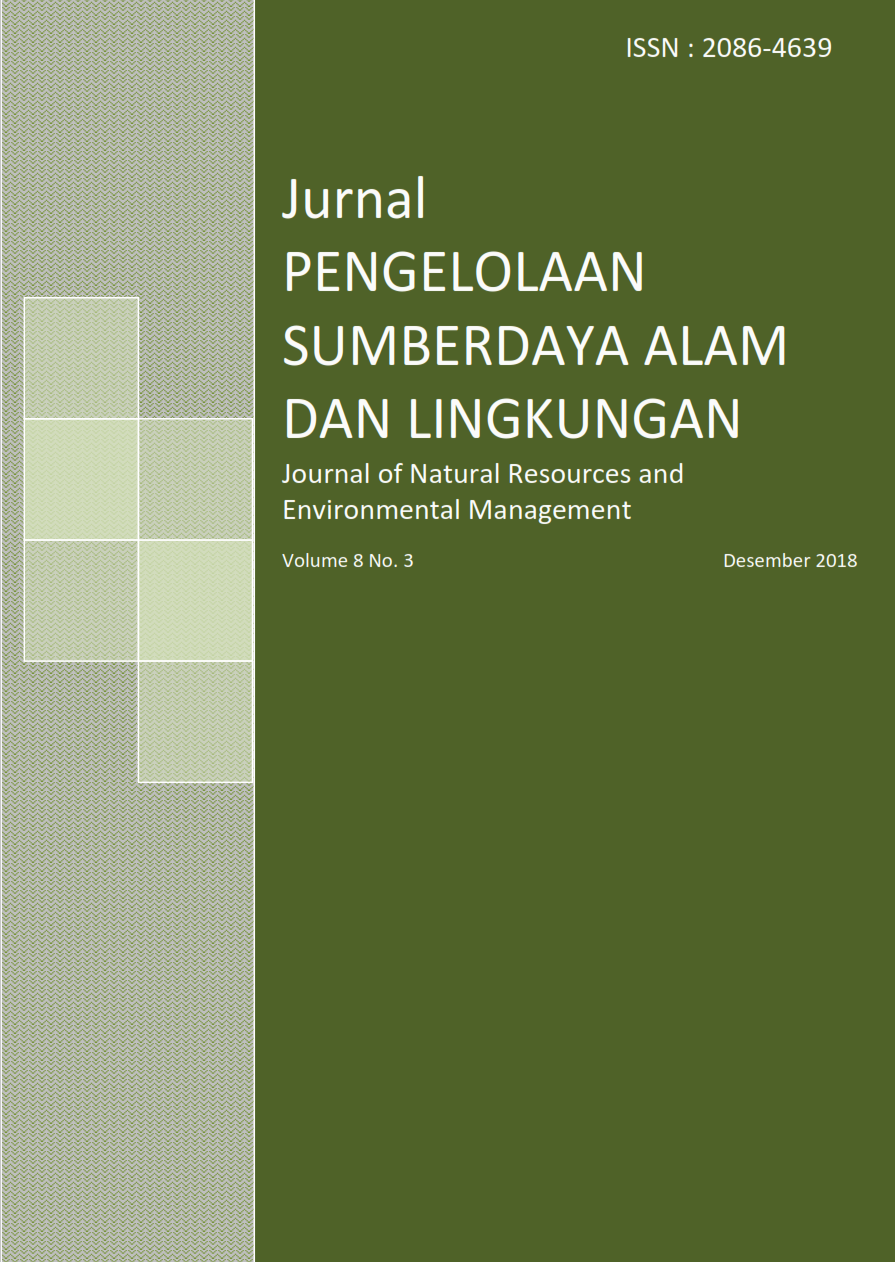HAMBATAN PARTISIPASI PETANI DALAM PENGEMBANGAN PADI ORGANIK DI KABUPATEN TASIKMALAYA
Abstract
References
Daftar Pustaka
Amaliah. 2014. Permasalahan dalam Pengembangan Pertanian Organik. [Internet]. [Diunduh tanggal 9 Mei 2017]. Dapat diunduh di https://amaliah84.files.wordpress.com/2014/11/permasalahan-dalam-pengembangan-pertanian-organik.pdf
Amiry, H., H. Sadi, , dan R. Movahedi, 2013. Obstacles of the farmers’ participation in extension-eduation courses held by Ministry of Jihad-Keshavarzy (Agricultural Ministry): case of Sahnecounty in Kermanshah Province. International Journal of Agriculture and Crop Sciences. Vol. 5(2), 2013.
Budhi, G.S., dan M. Aminah, 2009. Pattern of Farmers’ Participation: Lessons from Pump Irrigation Project. Analisis Kebijakan Pertanian, Vol. 7, No.4, Desember 2009: 251-368. Pusat Sosial Ekonomi dan Kebijakan Pertanian, Bogor.
Devitt, C., 2006. Transition to organic farming in Ireland: how do organic farmers arrive at the decision to adopt and commit to organic farming methods? Irish Journal of Sociology, Vol.15(2), 2006: 101-113.
Dinas Pertanian Tanaman Pangan Kabupaten Tasikmalaya, 2013. Laporan Tahunan 2013.
Eriyatno, 1999. Ilmu Sistem Meningkatkan Mutu dan Efektivitas Manajemen. Bogor, IPB Press.
Finsterbusch, K. dan W.A. van Wicklin III., 1997. The Contribution Beneficiary Participation to Development Project Effectiveness. Public Administration and Development Vol.7.
George, J.P. dan Pramod, V.R., 2014. An Interpretive Strucural Model (ISM) Analysis Approach in Steel Re Rolling Mills (SRRMs). International Journal of Research in Engineering & Technology (IMPACT: IJRET), Vol.2(4): 161-174.
Kostaman, T., 2010. Peluang dan Tantangan Pertanian Organik. [Internet]. [Diunduh tanggal 9 Mei 2017]. Dapat diunduh di: http://tatangkostaman.blogspot.co.id/2010/09/peluang-dan-tantangan-pertanian-organik_7836.html
Rahman, A., 2016. Perubahan Budaya Bergotong Royong Masyarakat Di Desa Santan Tengah Kecamatan Marangkayu. eJournal Sosiatri-Sosiologi, Vol 4(1) Tahun 2016.
Sukayat, Y., 2013. Perkembangan Pertanian Organik di Kabupaten Tasikmalaya. Dinas Pertanian Tanaman Pangan Kabupaten Tasikmalaya.
Sunardi, D., 2011. Padi Organik, Orang Jepang Pun Belajar ke Tasik. [Internet]. [Diunduh 6 Februari 2015]. Dapat diunduh di: http://www.kabar-priangan.com/news/detail/473
Uphoff, N., 2005. Rice Intensification System Is Showing Many Benefits. Appropriate Technology, Dec. 2005, Vol.32, No.4.
van Riezen, K., 1996. Non formal education and community development: Improving the quality. Convergence, Vol 29(1): 82-95.
Wheeler, S.A., 2008. The barriers to further adoption of organic farming and genetic engineering in Australia: views of agricultural professionals and their information sources. Renewable Agriculture and Food Systems, Vol 23(2), 2008: 161-170.
White, A., 1981. Community Participation in Water and Sanitation: Concepts, Strategies and Methods. International Refference Centre for Community Water Supply and Sanitation. Technical Paper No. 17, June, 1981. The Netherlands: HM Rijswijk.
Authors
Authors who publish with this journal agree to the following terms:
- Authors retain copyright and grant the journal right of first publication with the work simultaneously licensed under a Creative Commons Attribution License that allows others to share the work with an acknowledgement of the work's authorship and initial publication in this journal.
- Authors are able to enter into separate, additional contractual arrangements for the non-exclusive distribution of the journal's published version of the work (e.g., post it to an institutional repository or publish it in a book), with an acknowledgement of its initial publication in this journal.
- Authors are permitted and encouraged to post their work online (e.g., in institutional repositories or on their website) prior to and during the submission process, as it can lead to productive exchanges, as well as earlier and greater citation of published work (See The Effect of Open Access).






